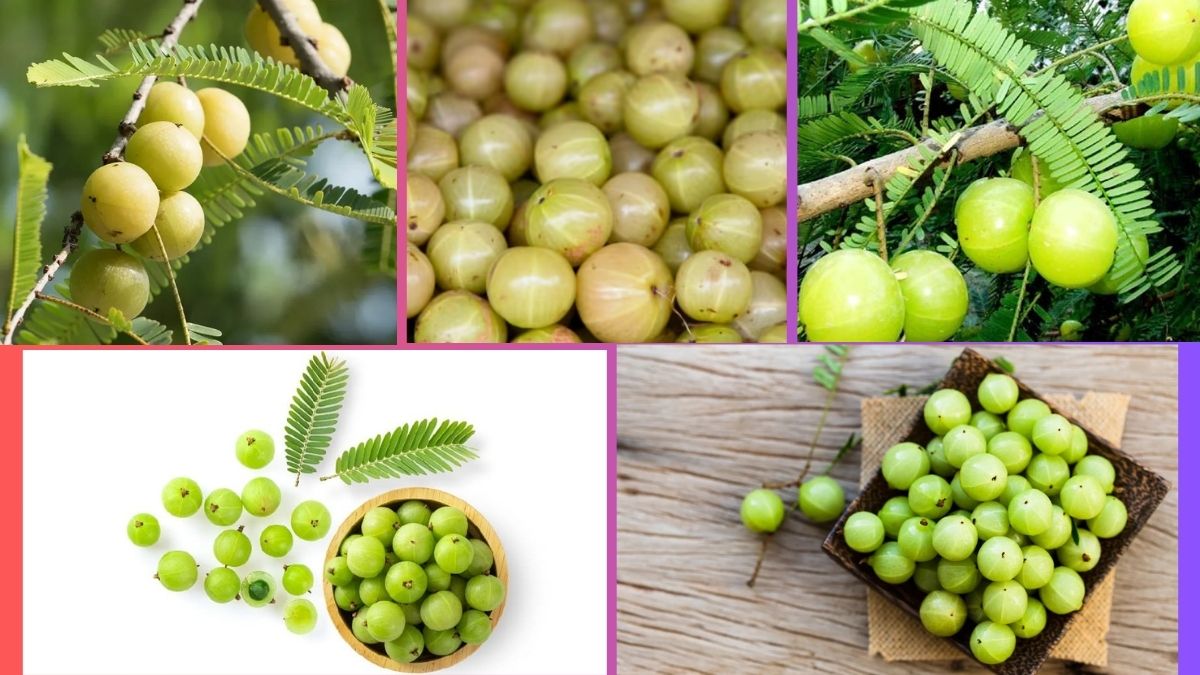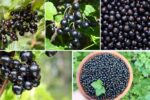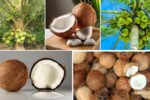Among the world’s many medicinal plants, few are as revered as the Indian gooseberry, widely known as Amla. This small, greenish-yellow fruit, celebrated in traditional medicine for millennia, holds a vital place in Ayurveda, Unani, and Siddha medical systems. Today, it’s not only valued for its exceptional health benefits but also for its growing commercial importance in the global nutraceutical and wellness industries.
So, which country leads the world in cultivating and producing this legendary fruit? In this article, we’ll explore the history, uses, health benefits, and worldwide production of Amla, and finally reveal the country that dominates global Amla production.
What Is Indian Gooseberry (Amla)?

Amla (Phyllanthus emblica) is a small deciduous tree native to India, known for its round, light green fruits with a characteristic tart, sour, and astringent flavor. Despite its sharp taste, Amla is a superfruit packed with vitamin C, polyphenols, antioxidants, and fiber.
The fruit holds sacred and medicinal importance in India and Southeast Asia, often linked with longevity and vitality. Amla trees bear fruit once a year, typically from October to March, making it an essential seasonal crop.
Historical and Cultural Significance
Amla has been used in Ayurveda for over 3,000 years. The ancient text Charaka Samhita describes it as a Rasayana (rejuvenative herb) — known to enhance lifespan, immunity, and strength.
It’s a core ingredient in numerous traditional formulations, including:
- Chyawanprash: An herbal jam promoting immunity and vitality
- Triphala: A digestive tonic made from Amla, Bibhitaki, and Haritaki
- Amla oil: Popular for hair nourishment
In Hindu mythology, Amla is associated with Lord Vishnu and is consumed during religious fasts like Amla Navami.
Where Is Amla Grown Globally?
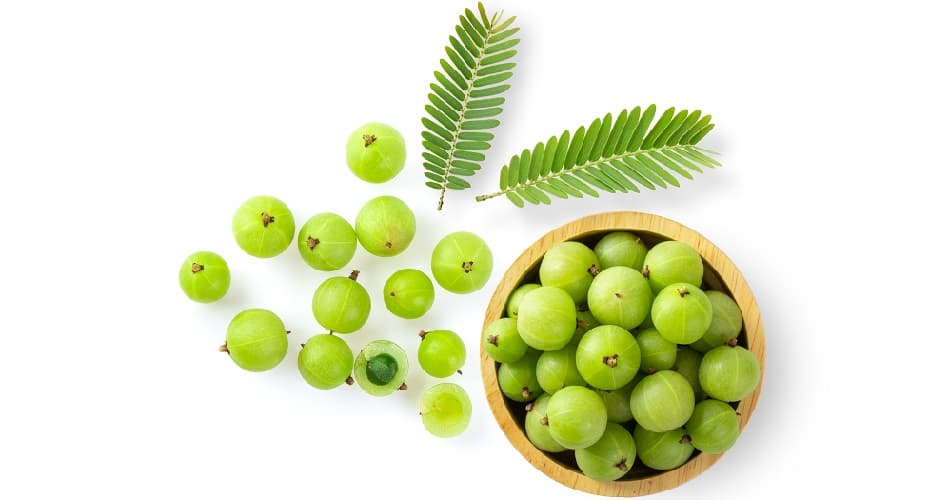
Amla thrives in tropical and subtropical climates, particularly in well-drained, loamy, and sandy soils. It’s cultivated commercially in:
- India
- Nepal
- Sri Lanka
- Bangladesh
- Thailand
- Myanmar
- Pakistan
- Indonesia
However, one country far surpasses the rest in terms of production and commercial cultivation.
Which Country Is the Largest Indian Gooseberry (Amla) Producer Globally?
India is, without competition, the largest producer of Indian gooseberry (Amla) globally.
The country accounts for over 95% of the world’s Amla production, with vast cultivation areas spread across several states. India’s long history with this fruit, combined with its ideal agro-climatic conditions and deep-rooted demand in food, medicine, and personal care industries, ensures its global dominance.
Production Data and Key Growing States
According to recent data from the National Horticulture Board of India and the Indian Council of Agricultural Research (ICAR):
- India cultivates over 260,000 hectares of Amla orchards
- Annual production exceeds 1.3 million metric tons
Major Amla-Producing States:
| State | Key Regions |
|---|---|
| Uttar Pradesh | Pratapgarh, Jaunpur |
| Madhya Pradesh | Chhindwara, Seoni |
| Tamil Nadu | Dindigul, Theni |
| Rajasthan | Jodhpur, Kota |
| Gujarat | Junagadh, Rajkot |
| Maharashtra | Nagpur, Amravati |
| Andhra Pradesh | Kurnool, Anantapur |
Pratapgarh district in Uttar Pradesh is famously known as “India’s Amla Capital”, contributing to nearly 15–20% of the country’s production.
Why India Leads Amla Production
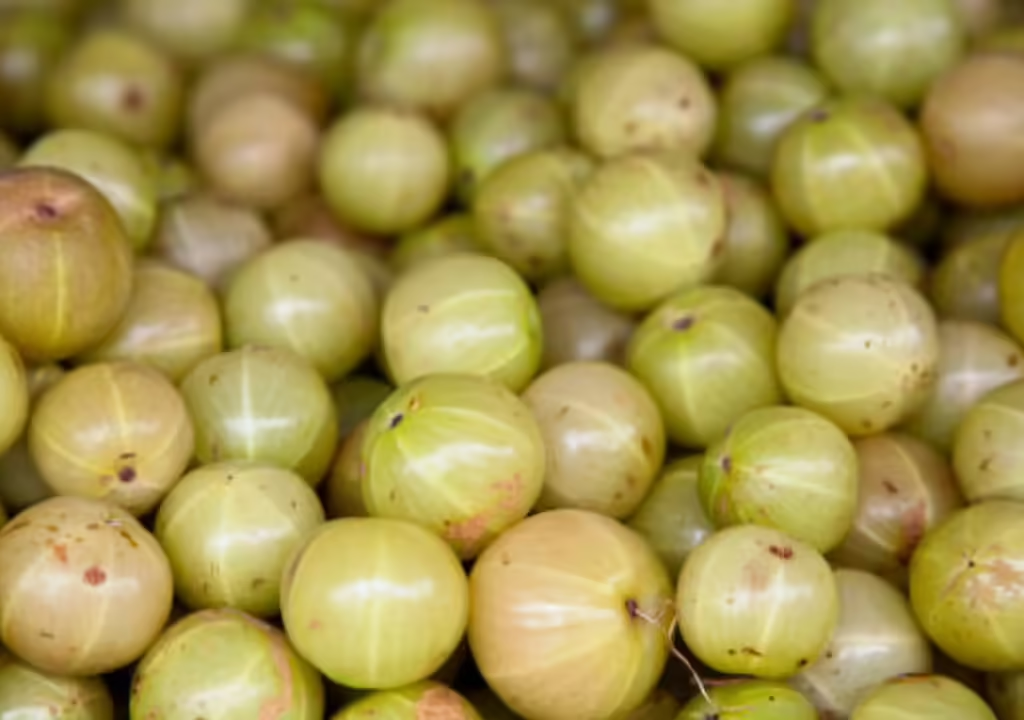
Several factors contribute to India’s commanding position in Amla cultivation:
Ideal Climate
India’s diverse agro-climatic zones, from dry and arid to tropical, are perfectly suited for Amla cultivation.
Deep Cultural and Medicinal Demand
As a staple in Ayurveda and traditional diets, Amla’s domestic demand is consistently high. It’s consumed fresh, pickled, dried, candied, or juiced.
Large-Scale Commercial Plantations
Many Indian states, particularly Uttar Pradesh and Madhya Pradesh, have commercialized Amla farming, supported by government horticulture missions.
Export Market Growth
India exports processed Amla products to the USA, Middle East, Europe, and Southeast Asia, meeting the growing demand for natural health foods.
Agricultural Research Support
Institutes like CISH (Central Institute for Subtropical Horticulture) and state agricultural universities have developed high-yielding and disease-resistant Amla varieties like NA-7, Kanchan, Krishna, and Chakaiya.
Amla Production in Other Countries
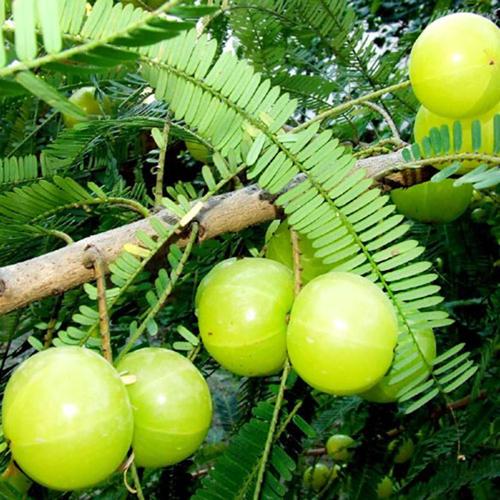
While India is the undisputed leader, some neighboring countries cultivate Amla for local markets and herbal industries.
| Country | Estimated Annual Production | Notes |
|---|---|---|
| Nepal | ~20,000 MT | Used in herbal tonics |
| Sri Lanka | ~18,000 MT | Traditional medicine use |
| Bangladesh | ~15,000 MT | Mostly wild and homegrown |
| Thailand | ~10,000 MT | Marketed in health drinks |
| Pakistan | Limited | Localized orchards |
None of these countries, however, come close to India’s production scale.
Culinary and Medicinal Uses
Amla is known for its versatility:
Culinary Applications:
- Amla candy: Sweetened dried Amla pieces
- Amla murabba: A sweet preserve made from whole fruit
- Pickles and chutneys
- Fresh juice blends
- Amla powder: Used in smoothies, teas, and desserts
Medicinal Uses:
- Chyawanprash: Immunity-boosting herbal jam
- Hair oils and shampoos
- Liver tonics and digestive syrups
- Anti-aging skin care formulations
Health Benefits of Amla
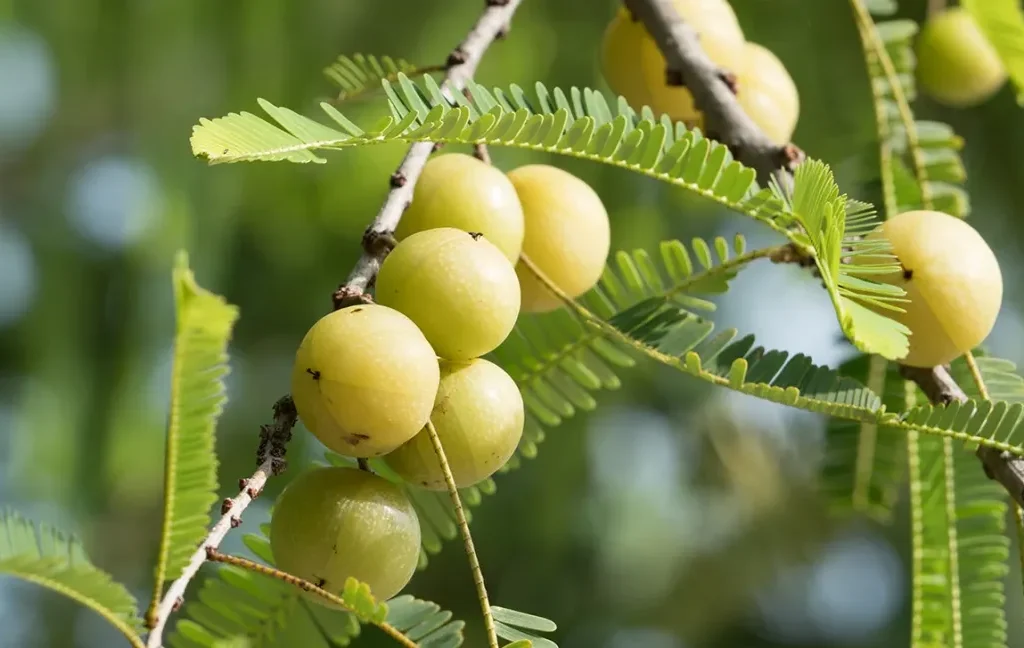
Amla is considered one of the most potent natural antioxidants.
| Nutrient (per 100g) | Amount |
|---|---|
| Energy | 44 kcal |
| Vitamin C | 600 mg |
| Fiber | 3.4 g |
| Calcium | 25 mg |
| Tannins & Polyphenols | Rich |
Key Benefits:
- Boosts immunity
- Improves digestion
- Enhances liver function
- Controls blood sugar levels
- Promotes heart health
- Strengthens hair and skin
Regular Amla consumption is linked with anti-aging, detoxification, and stress relief properties in traditional medicine.
Challenges in Amla Production
Despite India’s dominance, Amla farmers face some obstacles:
- Pests like fruit borers and aphids
- Post-harvest spoilage due to delicate skin
- Price fluctuations in local markets
- Limited mechanized processing units
Efforts by government agencies and private players are addressing these issues through cold storage chains, export facilitation, and value-added product innovation.
Future of Amla in Global Markets
With the rising demand for natural immunity-boosting superfoods, Amla’s market potential is expanding globally.
India is set to:
- Increase exports of Amla powder, juice, and extract
- Develop functional foods and herbal supplements
- Enhance cultivation through improved sapling varieties
- Invest in processing and storage infrastructure
Global nutraceutical brands are increasingly incorporating Amla into their products for hair health, skin care, liver support, and immunity enhancement.
Conclusion
So, to clearly answer — Which country is the largest Indian gooseberry (Amla) producer globally?
The answer is unequivocally India.
With its rich cultural heritage, ideal growing conditions, and ever-expanding global markets for wellness products, India not only leads but defines the world’s Amla industry. As health trends evolve, Amla’s place in the global superfood hierarchy is destined to grow — with India at its heart.
